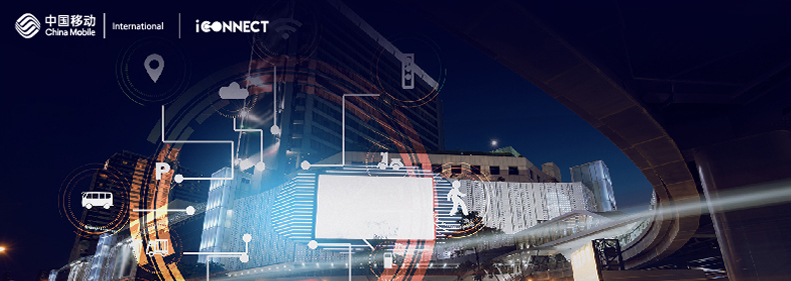
Cities worldwide are deploying Internet of Things (IoT) technologies to improve urban life. Smart city use cases focused on deployments like connecting public transport and streetlights, monitoring traffic and air quality, and deploying smart meters to oversee the supply of electricity, gas and water.
Nowadays, more possibilities are emerging with the roll out of 5G alongside technologies like artificial intelligence (AI), cloud, big data analytics and edge computing.
With communications technology and data, smart city can provide citizens with a safer, more convenient and sustainable lifestyle. Ubiquitous 5G coverage is the cornerstone of the new smart city, enabling more integrated and impactful solutions. Two new applications with great potential involve improving city government decision making and justice system support.
Unified smart city management
Cities are a web of complex systems combining data from different places, objects, events and organizations provides city managers with a more holistic perspective. Data can better support urban planning and decisions, however this data is often isolated in disparate systems.
China Mobile’s OneCity solution leverages 5G technology, cloud computing, edge computing, big data and micro-services to build a comprehensive smart city framework, which turns into an integrated 5G+ new smart city with network, IaaS, PaaS, DaaS and SaaS.
As part of the OneCity solution, a smart city Operations Management Centre (OMC) is formed to integrate data on a single platform. This gives managers a one-screen view of the city for more-informed leadership, and helps to coordinate services on a day-to-day basis to improve efficiency by sharing data among departments.
Furthermore, unified data can be analysed intelligently and combined with predictive modelling processes, dashboards and other display technologies, supporting strategic decisions that deliver the best outcomes and avoid unintended consequences. Certain pre-defined conditions can automatically trigger an alarm to help authorities prevent an emergency or reduce its impact.
Puyang, a city in Henan province has built an OMC that takes advantage of city-wide 5G communications and IoT devices, deploying cloud and edge computing, big data and microservices. This end-to-end framework allows centralized monitoring and management from a unified portal.
With a centralized OMC in place, Puyang has already improved its city management capabilities and enhanced public services proved to be hugely valuable for safeguarding public health during the pandemic. The city has also successfully laid a solid foundation for the future development of its urban landscape and the growth of a data-driven industrial economy.
Timely and efficient smart courts
Providing defendants with a timely trial is an important part of a modern justice system. Unfortunately, overworked courts or exceptional circumstances, like the COVID-19 pandemic, can delay hearings unfairly.
Videoconferencing, which has been used in courts for some time to improve efficiency and safety, has become more common in trials during the pandemic. However, the poor sound and picture quality of traditional systems can create barriers between lawyer and client’s communications, drag out court proceedings, and make it harder for judges to make decisions.
With high-fidelity audio, 5G networks and virtual reality can transmit high-quality video in real time on a cloud platform. Offsite defendants and plaintiffs, and their lawyers, can appear before a judge via the internet. This system can also be used for live broadcast of proceedings to promote transparency and public access.
China Mobile provides stable and secure connectivity based on 5G and ecosystem of smart city solutions providers and partners. Applications like smart courts are just the beginning, paving the way for a future where autonomous vehicles, drone delivery fleets, remote surgery and more are possible.